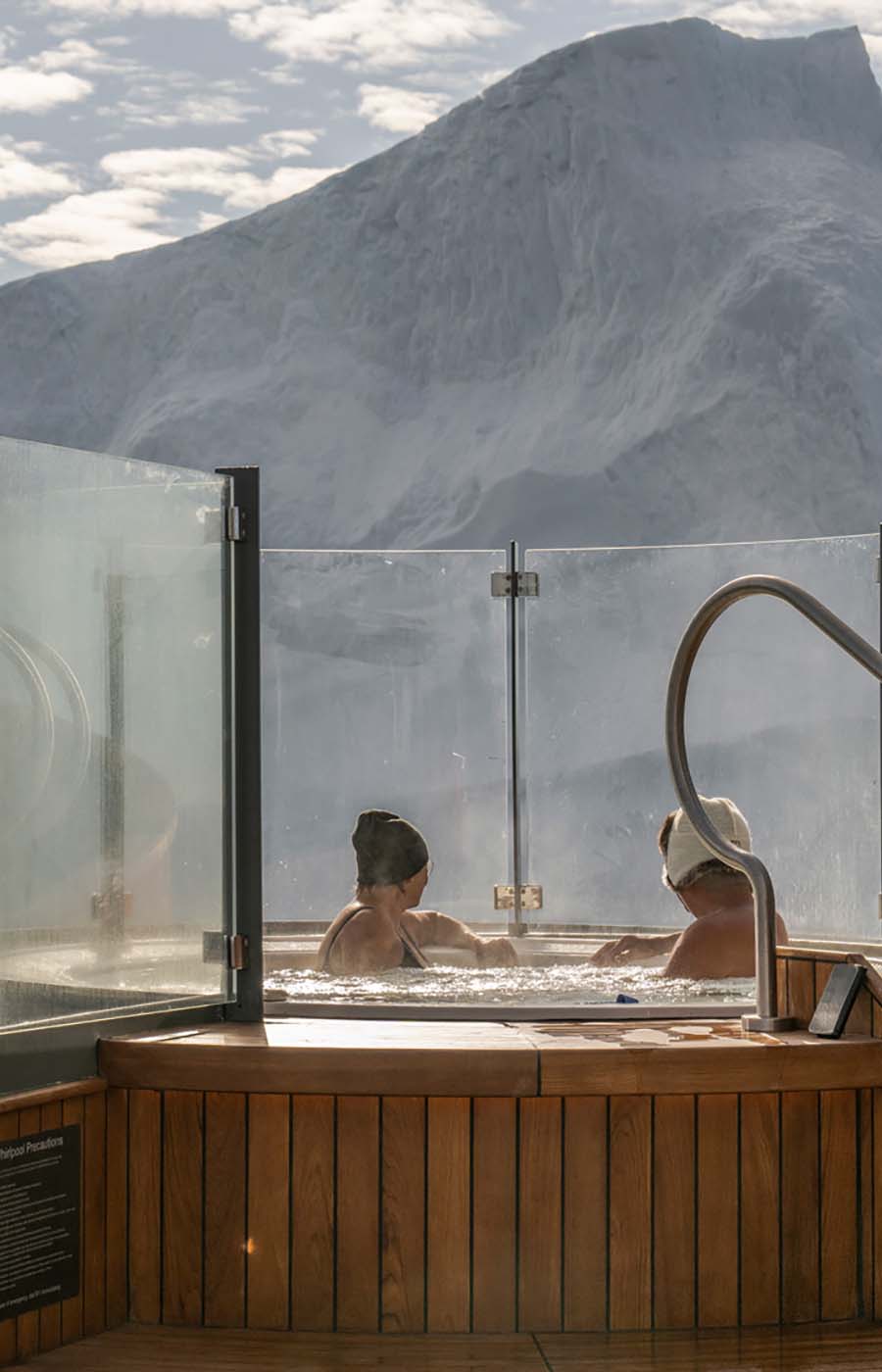Here’s our newest take on how to enjoy the old.
Quebec City is a glimmering slice of history, awash with French-Canadian charm. You’ll find everything you could want in one compact destination—museums, cobblestone streets, fabulous bars and restaurants, spectacular fall foliage, exciting street festivals in the summer, and one of the world’s largest winter carnivals, the Carnaval de Quebec. Walk around in Old Quebec, a UNESCO World Heritage Site, to give yourself a taste of Old World Europe closer to home, or explore the revitalized St.-Roch district to browse vintage shops. And you really can’t leave without trying the poutine. If your French is rusty, or nonexistent, rest assured: most locals can speak English. Just remember to bring your walking shoes. Allons-y!
Often referred to simply as the Château Frontenac, this historic hotel in Old Quebec was built in 1892 by the Canadian Pacific Railway Company. The elegant landmark is so beloved and well-known—it’s been visited by just about every head of state, including Winston Churchill—that it’s open to non-guests for tours. The hotel contains several high-end eating establishments, including the world-class Champlain Restaurant and a wine and cheese bar, and if you’re feeling an urge to get pampered, the Chateau du Spa is considered the city’s best. A two-hour pass is included with treatments, allowing access to the hotel’s pool and fitness center. A little taste of luxury on land? Never a bad thing.
Old Quebec is the perfect place to roam. Everything’s close, and everything’s charming, so planning ahead isn’t all that necessary. Vie Quebec, as the locals refer to it, is divided between Lower Town (La Basse Ville) and upper town (Haute-Ville); the latter was chosen by Samuel de Champlain, the founder of Quebec, in 1608, as the site for Fort Saint Louis. Start at the Château Frontenac and wander from there: learn about Quebec’s 11 aboriginal nations at the Musee de la Civilisation, browse antique stores on Rue St. Paul, take in the vast Notre-Dame de Québec Cathedral, or grab a bench and soak up the scene on Terrasse Dufferin. The Maison-Smith Cafe, steps away from the Church of Our Lady of Victories, the city’s oldest church, is a great spot for a casual bite—and if it’s local beer you’re after, hop on the ferry out of the Old Port for a very short, lovely boat ride to Corsaire Microbrasserie on Boulevard Guillaume-Couture.
Related Seabourn itineraries and amenities below
If you’ve got a few hours to spare, be sure to check out the spectacular Montmorency Falls, one of the city’s most popular sites. It’s about a 10-15 minute drive from the Old City, or a 45 minute bus ride, and there are bike tours, too. Higher than Niagara Falls (though not as wide), and chock-full of activities like ziplining, cable cars, walking, and—in the winter—snowshoeing and ice climbing, there’s a little something here for everyone, with gorgeous views of the St. Lawrence River. When it gets really cold, the falls freeze, and the Parc de la Chute-Montmorency, open year-round, turns into a sparkling winter wonderland.
For a brisk combination of local history and, again, brilliant views of the city, head to La Citadelle de Québec. Tours of the Citadelle ($16 for adults), an active military garrison, last an hour and will guide you through its 300-year past—though tours are mostly outdoors, so this may be a destination to skip if you’d rather stay inside. La Citadelle de Quebec offers imposing architecture, and a museum whose permanent exhibit examines the history of the Royal 22e Régiment. If you’re in town between June 24 and September 1, your ticket will include a viewing of the Changing-of-the-Guard, a nearly 90-year-old tradition based on (you guessed it!) the Buckingham Palace custom by the same name. If you’re up for something spookier, in the summer the Citadelle also offers nighttime tours by lantern-light.
The Plains of Abraham are Quebec’s Central Park, so it’s well worth a visit. It’s the site of the 1759 French-British battle of the same name that decided the fate of North America, eventually influencing the founding of Canada. (The battle, which the British won, only lasted an hour.) Despite its bloody history, the Plains of Abraham refers to itself as an “oversized playground”—in the warmer months, you can enjoy the Plains’ lovely park and gardens and its trail for bikers and pedestrians; in the winter, there’s an ice skating rink and trails for walking, cross-country skiing, and snowshoeing (skis and show shoes can be rented at the park). And if you want to get a thoughtful take on the Seven Years’ War, the Plains of Abraham Museum, open daily until 5:30 p.m., is a great place to dig in.

